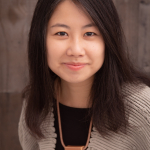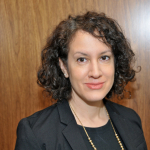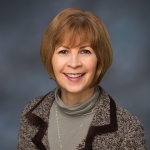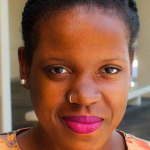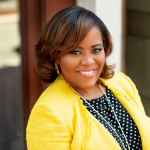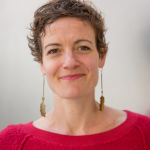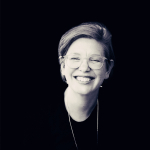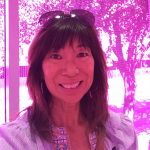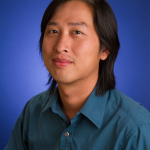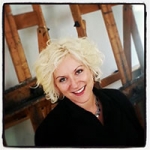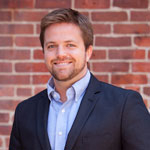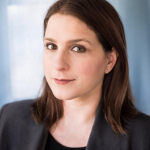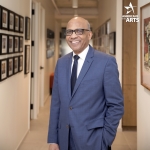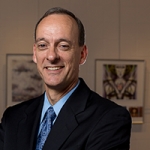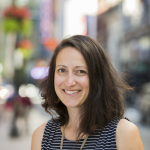
Carolyn Lewenberg
A Reflection from MAPC’s First Artist-in-Residence
Posted by Jan 25, 2019

Carolyn Lewenberg
Over the last 18 months I’ve gotten to work with 10 different planners at the Metropolitan Area Planning Council in a variety of departments: Land Use, Public Health, Environment, Government Affairs, and Strategic Initiatives. I was also involved in project development conversations with Municipal Collaboration, Transportation, Clean Energy, and Data Services. Many of these projects grew out of the conversations I had in the first couple months of my residency, when I met with directors from all the dynamic practice areas at MAPC about how they imagined arts and culture could be woven into their work. I was inspired by the depth and breadth of their focus areas, and the opportunity to not just to imagine possibilities together, but to put the ideas in action, was very exciting. I’ve met so many community members, leaders, and youth who shape our region. It’s been a rich residency and I am grateful for the experience.
Read More
